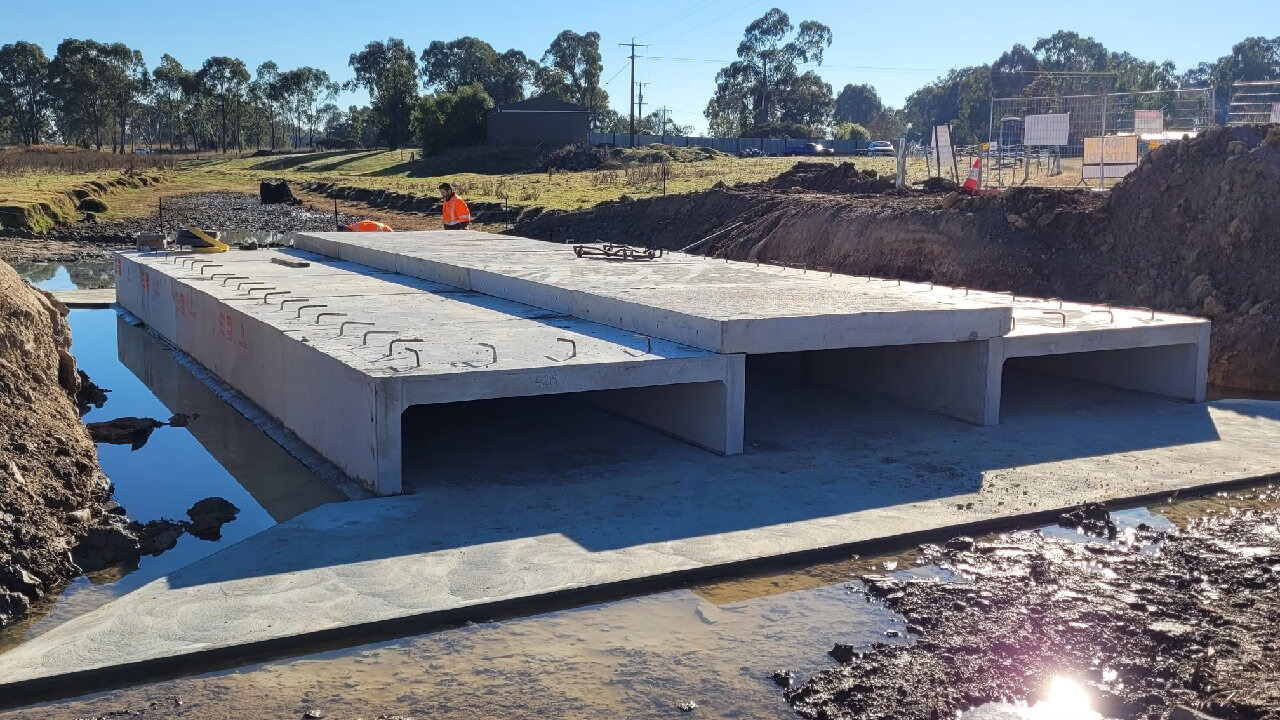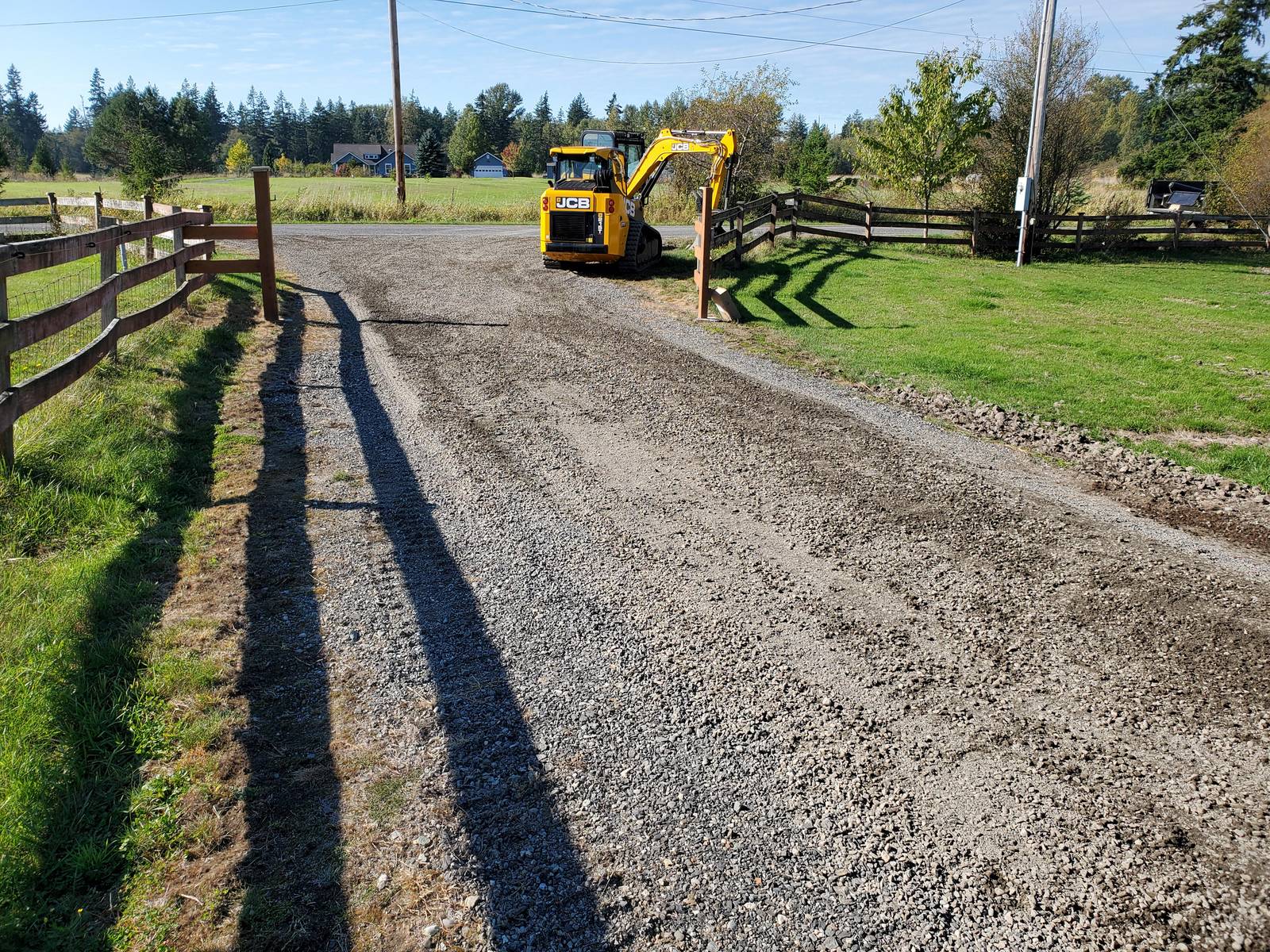Culvert Installment Made Easy: Step-by-Step Guide for Success
Mounting culverts might look like an uncomplicated task, yet guaranteeing a successful outcome calls for cautious preparation and execution. From picking the ideal culvert dimension to incorporating correct drainage procedures, each action in the installation procedure plays a crucial role in the functionality and durability of the culvert system. By complying with a systematic technique and taking note of key information, the setup can proceed smoothly, lessening potential problems down the line. Keep tuned to discover the important actions and considerations that can make culvert installment a seamless and successful undertaking.
Choosing the Right Culvert Size
Selecting the appropriate culvert size is important for guaranteeing reliable water flow and structural honesty in culvert setup jobs - Pad Construction. The size of the culvert straight affects the circulation ability of water with the framework. A culvert that is too small can lead to flooding and overflow, while one that is too huge may cause reduced water speed, possibly causing sediment buildup and obstructions
To figure out the appropriate culvert dimension, variables such as the watershed location, height flow prices, and hydraulic efficiency demand to be meticulously considered. Computations based upon these criteria assist in selecting a size that can adequately deal with the predicted water quantity while reducing the risk of blockages and architectural failing.
It is necessary to consult engineering guidelines and standards to ensure that the chosen culvert dimension fulfills the job needs and regional laws (Pad Construction). By picking the ideal culvert dimension, project supervisors can maximize water flow, stop prospective concerns, and boost the general efficiency and durability of the culvert installment
Preparing the Installation Website
Effective culvert installation requires thorough prep work of the installation site to make sure optimum structural support and capability. Before starting the setup process, it is important to remove the site of any kind of particles, plants, or blockages that might impede the culvert's positioning.
Furthermore, it is essential to consider aspects such as dirt structure, groundwater degrees, and environmental impacts when preparing the installation site. Performing a comprehensive site assessment can aid recognize any type of possible difficulties or dangers that may impact the culvert's performance. By making the effort to prepare the installment website correctly, you can aid assure a successful culvert installation that fulfills architectural demands and ensures long-lasting performance.
Placing the Culvert Properly

The grade at which the culvert is positioned is crucial for maintaining a proper incline for water flow. In addition, the culvert ought to be oriented correctly to guarantee that the inlet and outlet are in the proper areas. Pad Construction.
Backfilling and Compacting the Soil
Proper backfilling and compaction of the soil around the culvert is crucial to guarantee security and protect against prospective problems in the future. As soon as the culvert is appropriately placed, the following essential step is to backfill the location around it with suitable material.
Compaction helps in lowering the possibilities of settlement and makes certain consistent assistance around the culvert. It is vital to portable the dirt evenly on all sides of the culvert to keep its architectural stability.
Proper backfilling and compaction not just provide stability to the culvert but also assist in protecting against soil erosion and keeping the longevity of the culvert system.
Making Sure Appropriate Water Drainage Combination
Incorporating reliable water drainage solutions plays a critical function in the general functionality and longevity of culvert setups. Proper drain integration is important for handling water flow, avoiding erosion, and resource ensuring the architectural integrity of the culvert system. To achieve this, it is top article crucial to make a comprehensive drain plan that thinks about aspects such as the quantity of water anticipated, the topography of the location, and the kind of dirt present.

Furthermore, integrating functions like disintegration control steps, such as riprap or plants, can even more boost the performance of the drainage system. By meticulously planning and carrying out these water drainage services, culvert setups can work efficiently and hold up against the examination of time.
Verdict
To conclude, proper culvert setup is More Info critical for maintaining effective drain systems. By picking the best culvert dimension, preparing the installation site, placing the culvert properly, backfilling and condensing the soil, and guaranteeing proper drain combination, success can be attained. Adhering to these steps will assist ensure the longevity and efficiency of the culvert, inevitably adding to the total success of the drain system.